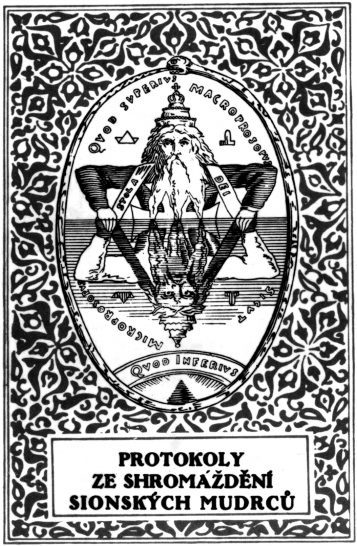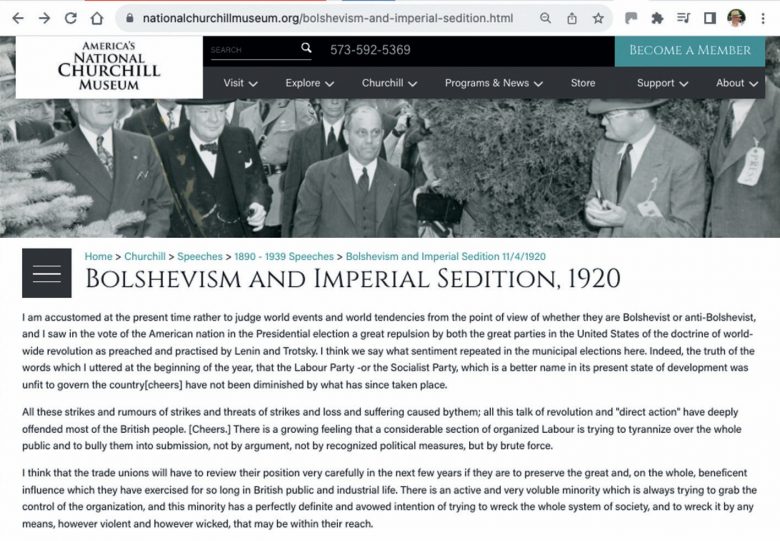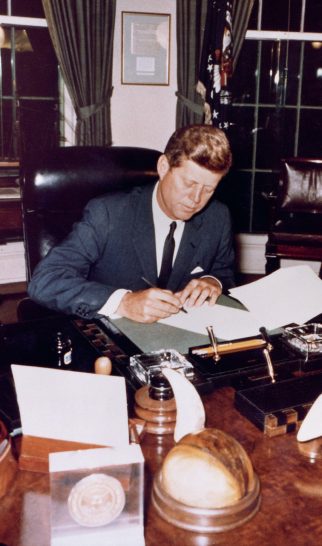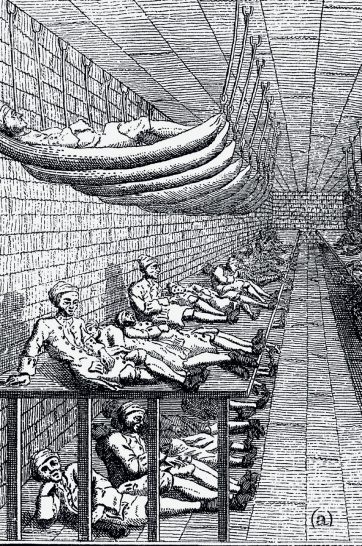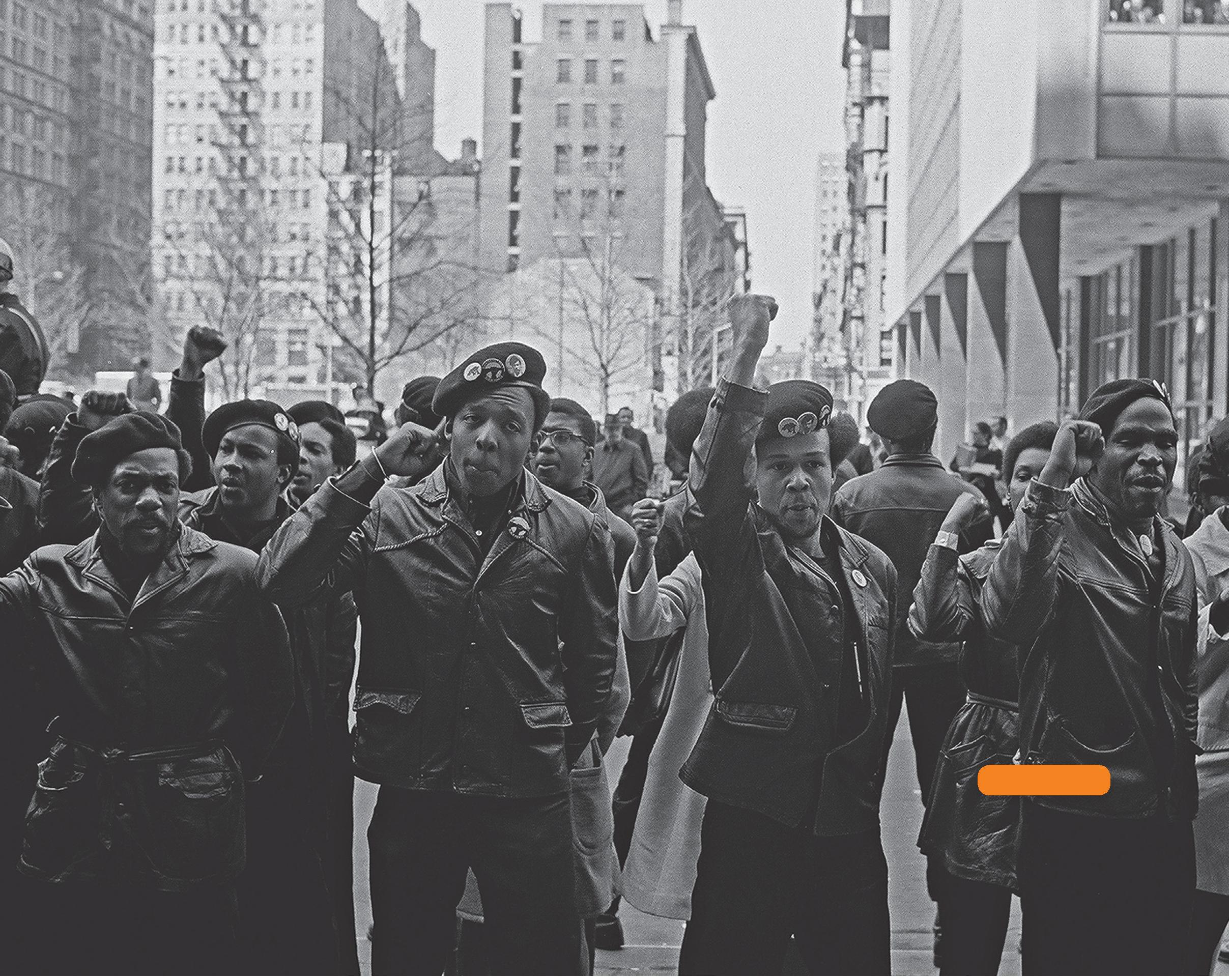
Standing on the podium at the 1968 Olympic Games should have been the happiest moment in the lives of Tommie Smith and John Carlos. However, instead of smiling and waving at the crowd, the US athletes chose to drop their heads and hold aloft a black-gloved fist during their national anthem.
It was a political protest designed to shock the world — and it did. Their salute was a gesture of solidarity with the Black Power movement. Despite winning new freedoms in the Civil Rights and Voting Rights Acts of 1964 and 1965, many black Americans felt that they were still treated unfairly and discriminated against. The Black Power movement aimed to bring about equality and promote African-American culture in the late 1960s and 1970s. But how successful was it?
Your organisation does not have access to this article.
Sign up today to give your students the edge they need to achieve their best grades with subject expertise
Subscribe

